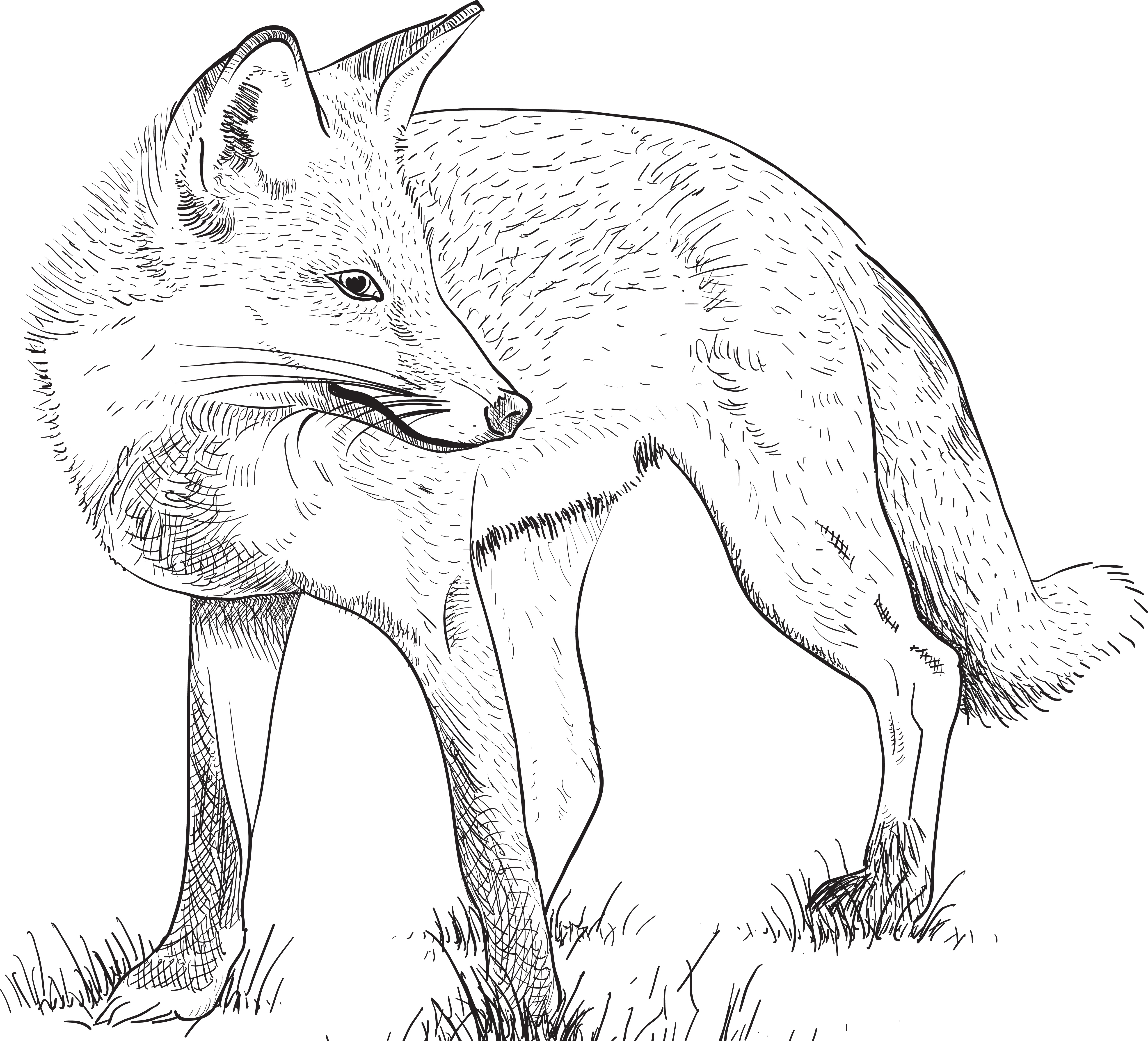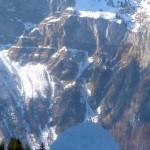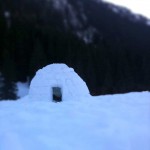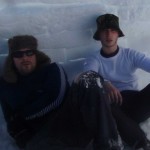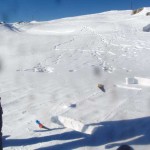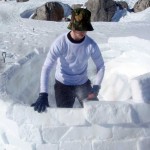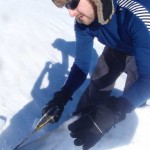We headed off to west Wales to write the tracking animals chapter of the book. A hell of a drive out of London on a Friday night but the promise of a week in the countryside was enough to get us through the traffic chaos.
 There’s no better time to see the movement of the wild inhabitants of woods and fields than when there is snow or wet, muddy conditions on the ground. The old mill we called home for the week was close to the River Teifi and provided the perfect base for our field trips, many of which went on into the dark evenings as we followed tracks off paths and into woods. The loamy soil was perfect to record prints, like these of a fox, found close to a rabbit warren in a small wood.
There’s no better time to see the movement of the wild inhabitants of woods and fields than when there is snow or wet, muddy conditions on the ground. The old mill we called home for the week was close to the River Teifi and provided the perfect base for our field trips, many of which went on into the dark evenings as we followed tracks off paths and into woods. The loamy soil was perfect to record prints, like these of a fox, found close to a rabbit warren in a small wood.
 We had heard rumour that there may be otters in the area, but such things are often too good to be true. Or so we thought. Then we stumbled upon these clear, webbed tracks by the river. Only a few hours later the level had risen and washed them away. It pays to be tuned in as it is amazing what you miss when you are not looking properly.
We had heard rumour that there may be otters in the area, but such things are often too good to be true. Or so we thought. Then we stumbled upon these clear, webbed tracks by the river. Only a few hours later the level had risen and washed them away. It pays to be tuned in as it is amazing what you miss when you are not looking properly.
Recording tracks as you find them brings you closer to the animal that left them. The best way is to use Plaster of Paris as described in our book. Collected and displayed on a window sill or shelf, these three-dimensional traces of their prints serve as little icons to the wild world outside our windows.
Animal tracks aren’t only found in the countryside. With a fresh fall of snow, you can see a record of all sorts of animals even in the heart of a city. Don’t forget to scan the ground and see what’s around.
Read all about how to identify, track and cast animal prints (and why it’s so good for you) in our book www.skimmingstones.co.uk.

